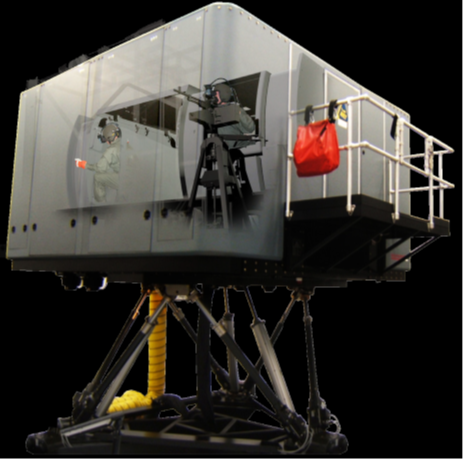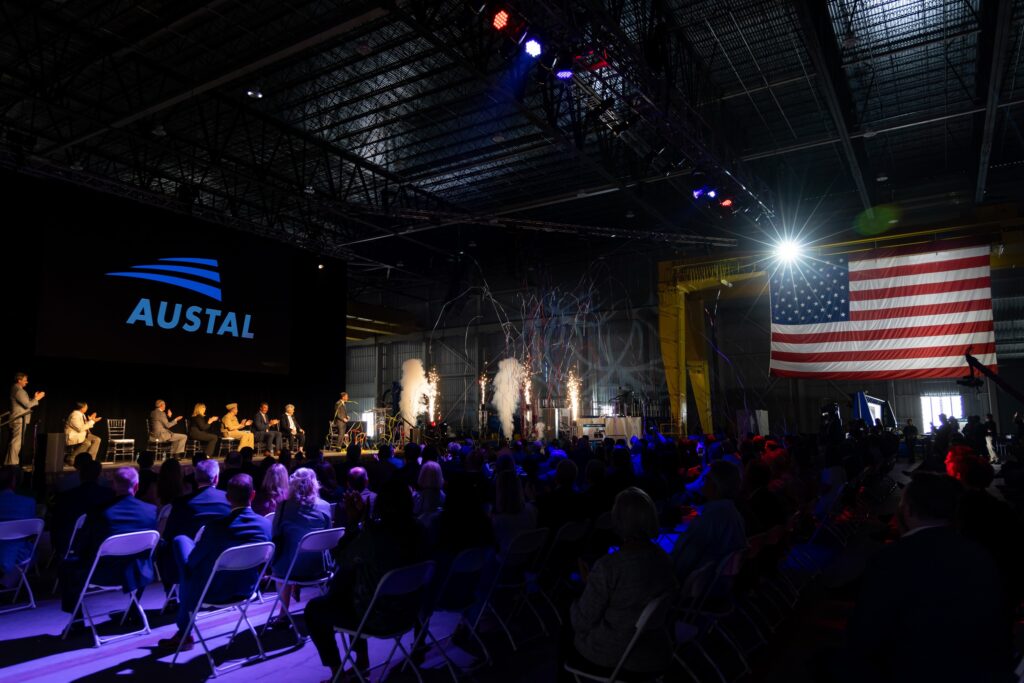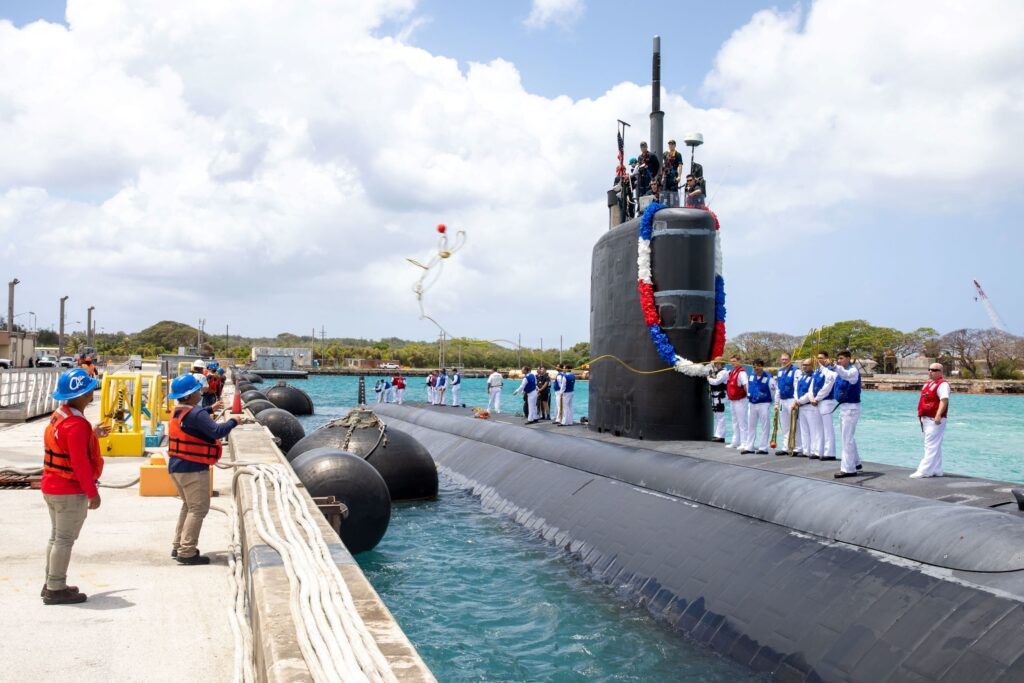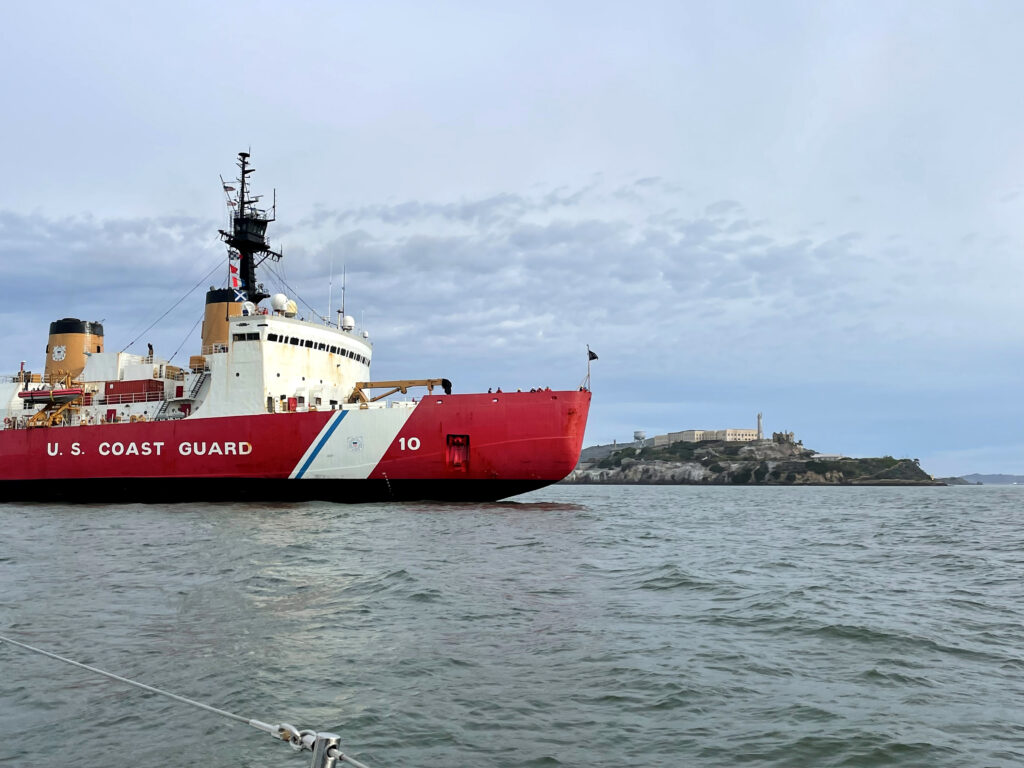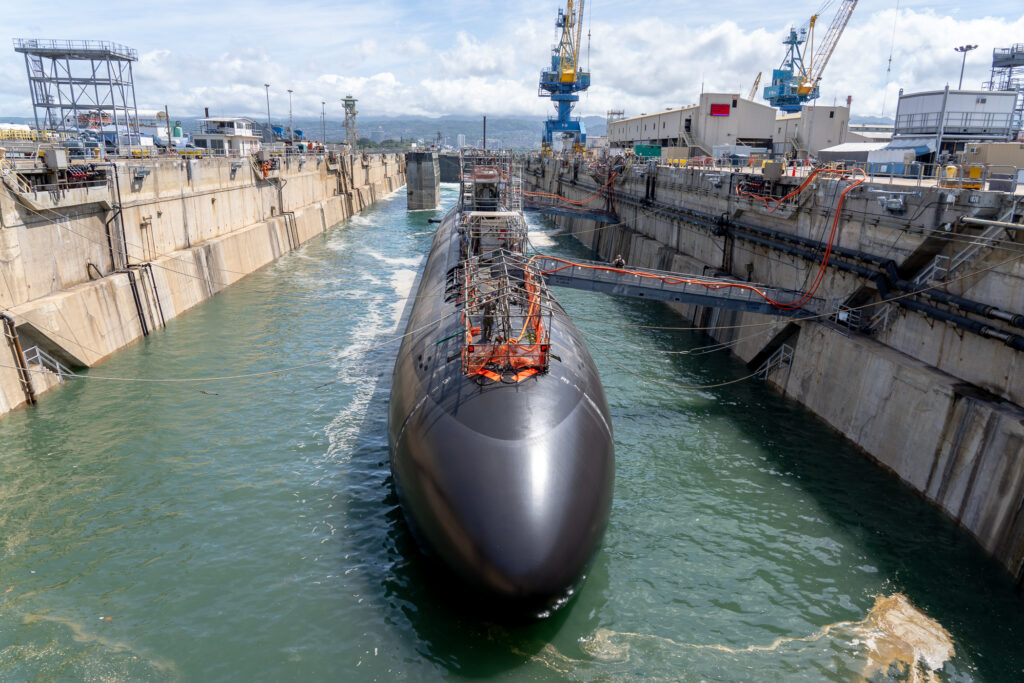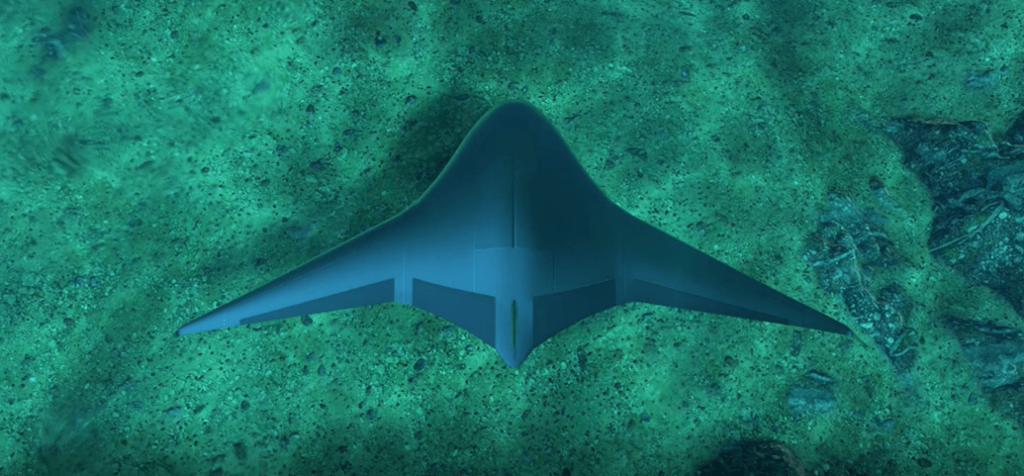New Task Force 153 to Patrol Red Sea, Bab al-Mandeb Strait, Gulf of Aden
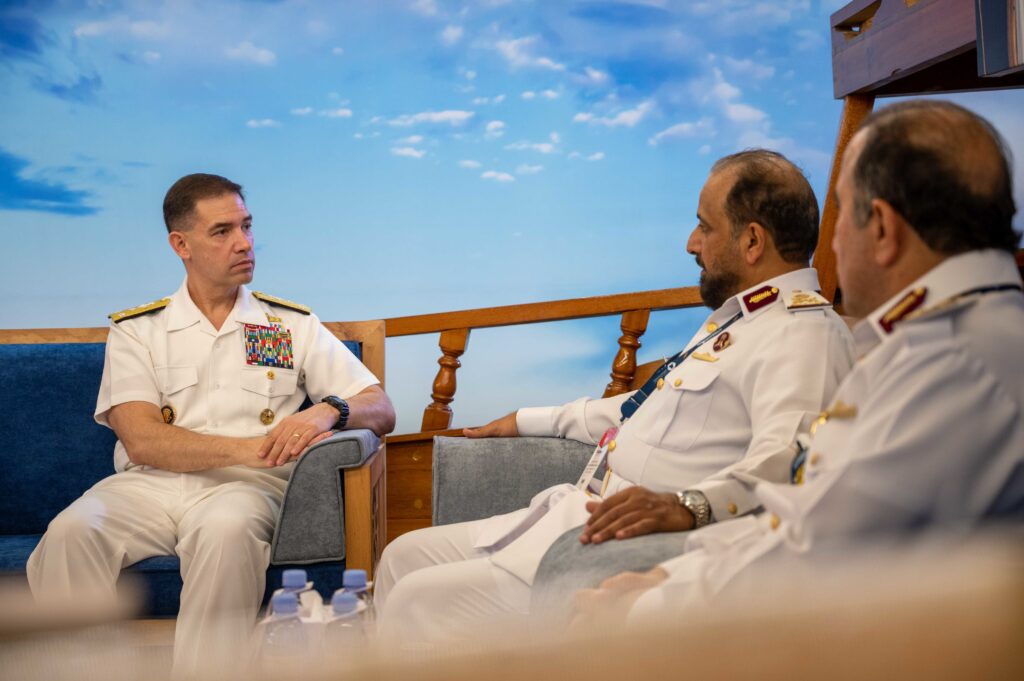
ARLINGTON, Va. — Combined Maritime Forces, or CMF, the U.S.-led multi-national coalition of forces enforcing maritime security in the U.S. Central Command are of responsibility, is establishing a fourth task force to enhance the security of the region.
CMF is establishing Commander Task Force 153 (CTF-153) on April 17, with ceremonies to be held at U.S. 5th Fleet headquarters in Manama, Bahrain, said Vice Adm. Brad Cooper, commander of the CMF, whose duties also include commander, U.S. 5th Fleet, and commander, Naval Forces, U.S. Central Command. Cooper briefed reporters on the new task force in an April 13 press teleconference.
CTF-153 will patrol the waters of the Red Sea, the Bab al-Mandeb Strait and the Gulf of Aden in an effort to expand capacity to cover those regions to counter activities such as human trafficking and smuggling of weapons and illegal drugs.
The region also has seen combat action from Iran-supported Houthi rebels in Yemen firing missiles at shipping in the areas and using explosives-loaded attack boats.
Cooper said the new task force will “definitely increase our deterrence posture” in the region.
As the CMF’s fourth task force, CTF-153 joins CTF 150, responsible for maritime security outside the Persian Gulf in the Gulf of Oman and North Arabian Sea; CTF-151, the counter-piracy task force; and CTF-152, responsible for maritime security inside the Persian Gulf.
With 34 member nations, the CMF is the largest standing naval partnership in the world. The member nations rotate command of the task forces. Cooper said he had “sufficient forces” to meet the CMF’s commitments.
Cooper said the maritime security efforts have “always been our best when we’re teamed with international partners,” and that the United States is “teaming with a lot of navies who are very capable.”
He singled out mention of the Egyptian navy, which joined the CMF a year ago and will strengthen the efforts to patrol the Red Sea and protect the Suez Canal.
CTF-153 will first be commanded by U.S. Navy Capt. Robert Francis, who with his staff soon will embark on the command ship USS Mount Whitney (LCC 20), which normally serves as the flagship of the U.S. 6th Fleet in the Mediterranean Sea. An officer from a partner nation will assume command of CTF-153 later this year, Cooper said.
Cooper said that CTF-153 will typically include two to eight ships, plus maritime patrol aircraft as needed. The staff itself will be comprised of approximately 15 personnel.
He said that with the additional task force the CMF will “be able to connect in ways we simply haven’t been able to do in the past.”
